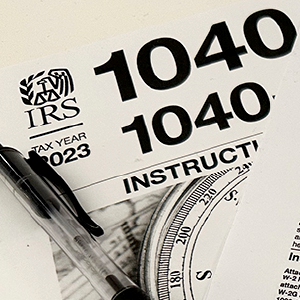NH Saves energy efficiency program returns, because the PUC had no choice
| Published: 12-01-2023 1:03 PM |
Two years after the Public Utilities Commission surprised many by virtually killing the long-standing NH Saves program that spurs energy efficiency in New Hampshire, it has reinstated the program. But only, it seems, because lawmakers made them.
“The legislature basically painted the PUC into a corner, and the PUC to its credit read and correctly understood the statute and responded correctly. From my point of view that is a good thing,” said Don Kreis, the state’s consumer advocate, who was sharply critical of the PUC’s 2021 decision that gutted the program known as NH Saves.
In an order released Thursday, the last possible day under the deadline imposed by lawmakers in a law passed in February, the PUC approved the NH Saves program over the next three years as put together by the state’s four electric and natural gas utilities. The program has a budget of $253.8 million for the period of 2024 to 2026, money that comes out of customers’ rates. That’s an increase of $30 million over the previous three-year period, an amount designed to cover inflation.
NH Saves is a program created in 2001 to provide financial assistance, including rebates, as well as advice and technical assistance for people and businesses looking to reduce their energy usage. The website claims that in the 2018-2020 period, it helped customers save enough electricity and heating fuel “to power over 680,000 homes for one year.”
Details can be found at the website nhsaves.com.
NH Saves proceeds through three-year plans that the power utilities present to the Public Utilities Commission, which regulates them. In November 2021 the PUC rejected the plan for the upcoming three years, arguing that it suffered from a number of technical and legal flaws, and the program has been in limbo since.
Supporters got the Legislature to pass HB559 at the start of this year which amended the process and basically gave the PUC no option but to approve the three-year NHSaves program as designed by utilities, although the law did put a sharp limit on how much the budget could increase.
Thursday’s 21-page order acknowledged the effect of the new law in approving the utilities’ program. But it also included lengthy discussion about the program’s effect on ratepayer savings, uncertainty about tracking benefits and costs for different classes of ratepayers, and discussion of the economic tool known as the discount rate which was central to the 2021 ruling that gutted NH Saves. It was signed by PUC Chairman Daniel Dolgner and Commissioner Pradip Chattopadhyay.
Article continues after...
Yesterday's Most Read Articles
The third commissioner, Carleton Simpson, wrote a separate opinion that partly supported but partly dissented from the report, saying “the majority’s decision may cause confusion as to which aspects of the Plan are approved and which, if any, take effect as a matter law. The Plan contains numerous other elements, in addition to program changes. …. I fear that the majority decision creates uncertainty and sends the wrong message to the parties and the public.”
Kreis agreed.
“There are some troubling signs in the PUC’s order. It’s clear that 2 of the 3 commissioners are profoundly skeptical about this whole venture, with a fundamental hostility to the whole idea that energy efficiency is a key part of the service that we all receive from our electric utility,” he said. “All this verbiage in that order that doesn’t need to be there is kind of a warning shot … a transparent request to the legislature to give the PUC more authority to reign in ratepayer-funded energy efficiency further.”
Kreis said opposition to the program often sprouted from the belief the commercial market should reign supreme.
“I think the skeptics (think) if energy efficiency is such a great thing then people should just go out and buy it themselves, and the government should not put its thumb on the scale. The problem is that the government already has its thumb on the scale on the other side, on the supply-side of energy investments.”


 Adam Montgomery sentenced to minimum 56 years on murder charges in young daughter’s death
Adam Montgomery sentenced to minimum 56 years on murder charges in young daughter’s death Neighboring landowner objection stalls Steeplegate redevelopment approval
Neighboring landowner objection stalls Steeplegate redevelopment approval Following budget cut, Pembroke revisits future of elementary school re-build
Following budget cut, Pembroke revisits future of elementary school re-build Granite Geek: Free government software for taxes – what could go wrong? (Not much, as it turns out)
Granite Geek: Free government software for taxes – what could go wrong? (Not much, as it turns out)
